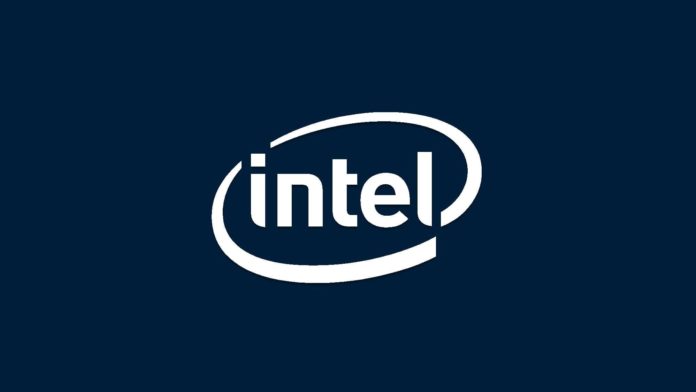Intel’s 10nm Ice Lake architecture will make its way to the server space in early 2020 with as many as 38 cores and 76 threads. This will be Intel’s first major architectural upgrade since 2016’s Skylake. Over the past 4 years, the company has been refining the 14nm node over and over with multiple failed attempts to move to 10nm. This time the transition seems to have been successful with most upcoming Intel products from the Xe graphics cards to the Lakefield mobile chip being fabbed on the 10nm node. More details have emerged regarding Intel’s next-gen server lineup and it looks like team blue is taking strides in the right direction: more cores, more PCIe lanes and of course a higher cache size too.

At present, the latest Xeon processors are the Cascade Lake SP and AP parts with the latter featuring as many as 56 cores and 112 threads. The Ice Lake chips will come in SP standard while Cooper Lake will cover both the SP and AP spaces (AP stands for advanced performance and SP means Server Processor). Cooper Lake will retain the 14nm Skylake core but feature higher core counts of up to 56 cores on both fronts while Ice Lake will be limited to 38 cores.
| Cascade Lake-SP/AP | Cooper Lake-SP/AP | Ice Lake-SP | Sapphire Rapids | Granite Rapids | |
|---|---|---|---|---|---|
| Process Node | 14nm++ | 14nm++ | 10nm+ | 10nm++ | 7nm+ |
| Platform Name | Intel Purley | Intel Whitley | Intel Whitley | Intel Eagle Stream | Intel Eagle Stream |
| Socket | LGA 3647 BGA 5903 | LGA 4189 BGA 5903 | LGA 4189 | LGA 4677 | LGA 4677 |
| Cores | 28 48 | 56 56 | 38 | TBD | TBD |
| Threads | 56 96 | 112 112 | 76 | TBD | TBD |
| Max L3 Cache | 38.5 MB 66 MB | TBA | TBA | TBD | TBD |
| Memory Support | DDR4 6-Channel DDR4 12-Channel | DDR4 8-Channel | DDR4 8-Channel | DDR5? | DDR5? |
| PCIe Gen Support | 48 Lane PCIe 3.0 | 48 Lane PCIe 3.0 | 64 Lane PCIe 4.0 | PCIe 5.0 | PCIe 5.0 |
| TDP Range | 205W | 300W | 270W | TBD | TBD |
| Launch | 2018 | 2020 | 2020 | 2021 | 2022 |
Ice Lake on account of being based on the still immature 10nm process doesn’t seem to be scaling that well with respect to the TDP and clocks, but that should be ironed out in time. The addition of PCIe 4.0 and 64 lanes, as well as the newer Sunny Cove cores, will give Intel’s server offerings a much-needed boost to compete with AMD’ 64 core Epyc Rome parts. Though Rome still has more cores, Sunny Cove will have a significant IPC advantage, giving the Ice Lake chips an edge.
While 10nm is officially coming to Intel’s notebook and server offerings, the desktop stack will still have to stick with 14nm for another year or two in the form of Comet Lake and Rocket Lake. It’s not 100% certain whether 10nm will actually make its way to the mainstream market or whether the company will directly move to 7nm. Either way, Intel’s lineups seem to be a mess at the moment. A lot will depend on how the Comet Lake-S parts are priced and how they perform. We’ll keep you posted as we hear more.
Further reading:


